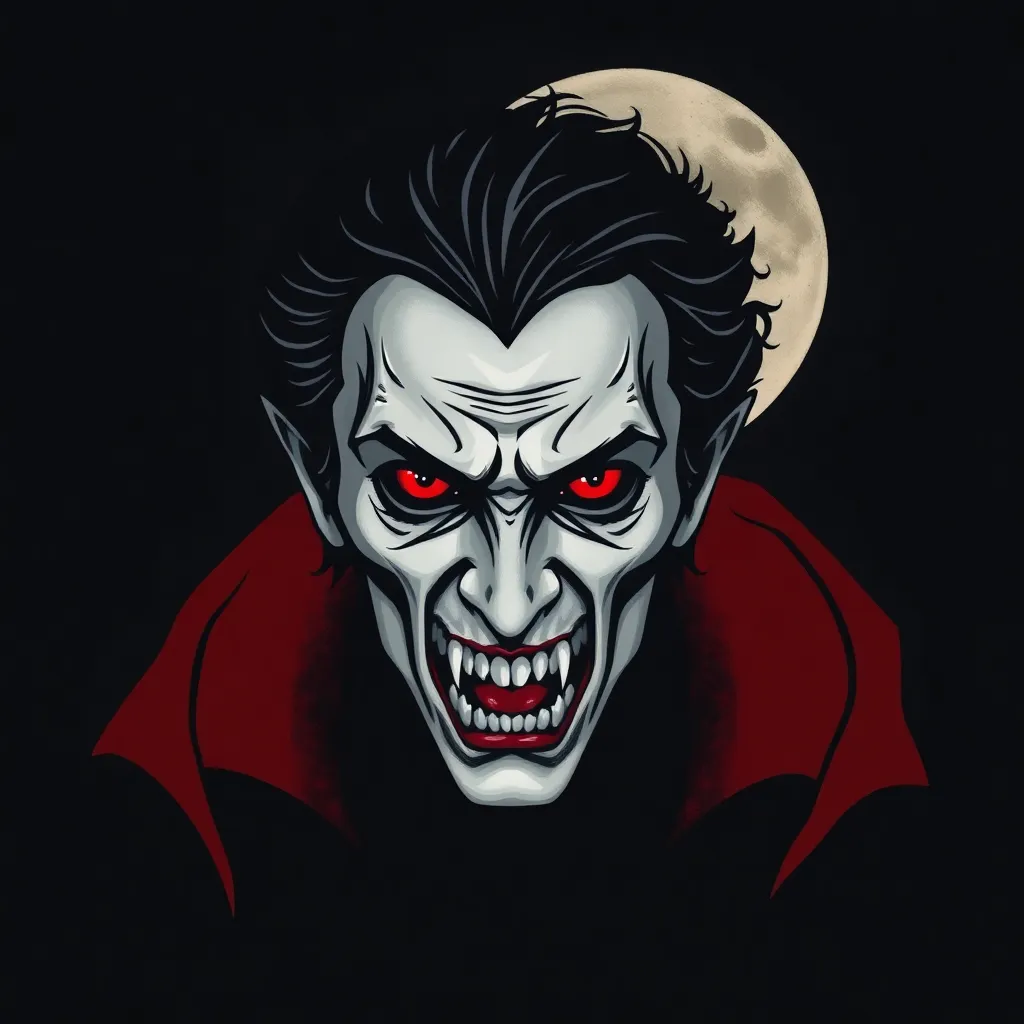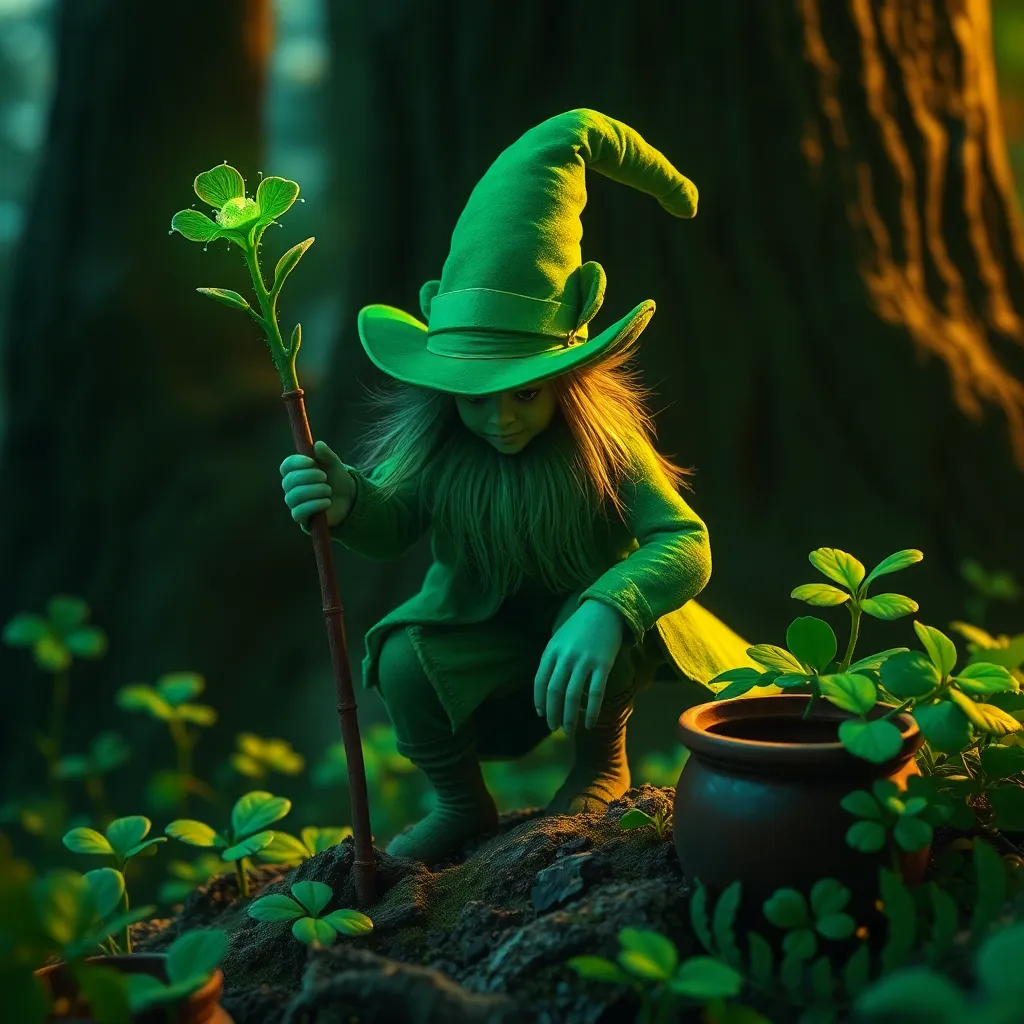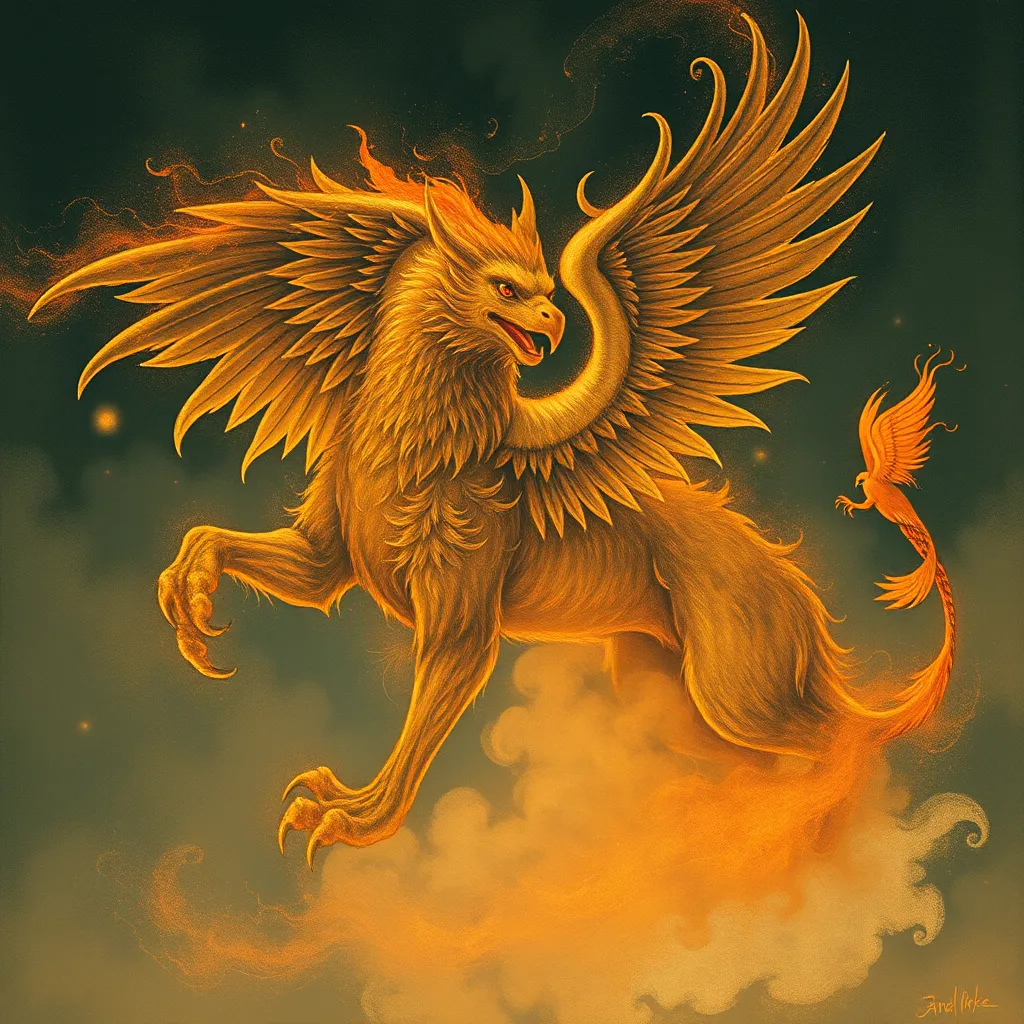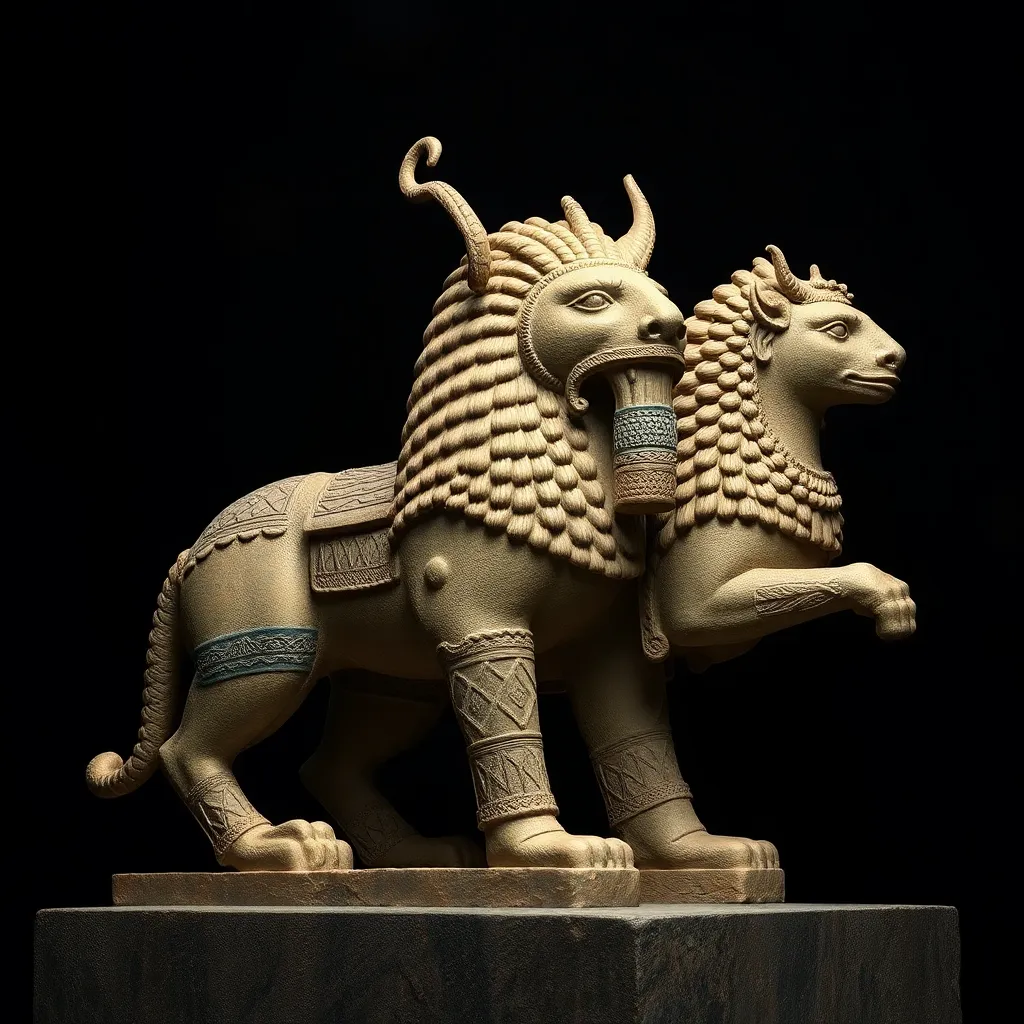The Vampire in Folklore: Uncovering the Oral Traditions and Legends Surrounding Vampires
I. Introduction
Vampires have long captured the human imagination, serving as symbols of fear, desire, and the unknown. In folklore, vampires are typically defined as undead beings that sustain themselves by feeding on the life essence of the living, often through blood. Their portrayal varies across cultures, shaped significantly by the oral traditions that have passed down tales of the undead through generations.
The importance of these oral traditions cannot be overstated; they have played a crucial role in shaping the legends and characteristics of vampires as we know them today. This article aims to explore the historical origins of vampire legends, regional variations, common themes, and the enduring impact of oral storytelling in preserving these myths. We will also delve into famous vampires in literature and their contemporary interpretations in popular culture.
II. Historical Origins of Vampire Legends
Vampire legends can be traced back to ancient cultures, where early references to vampiric beings often reflected societal fears and the mysteries surrounding death. For instance:
- Mesopotamian Mythology: The “Lamashtu,” a demon that attacked pregnant women and infants, can be seen as an early representation of vampiric traits.
- Ancient Greece: The “Empusa” and “Lamia” were believed to seduce young men and drain their life force.
The influence of disease and death has also played a significant role in the development of vampire myths. Epidemics, particularly those that caused sudden deaths, led to fears of the dead returning to seek vengeance or continue their lives through the living. This fear was often exacerbated by the lack of understanding of diseases such as tuberculosis and rabies, which contributed to the vampiric narrative.
Notable historical figures associated with vampirism include Vlad the Impaler, a 15th-century prince whose brutal reign and penchant for cruelty inspired the Dracula legend. His association with bloodshed and the macabre cemented his place in vampire lore.
III. Regional Variations of Vampire Folklore
Vampire myths are not monolithic; they vary significantly across different cultures and regions. Some prominent examples include:
A. Eastern European Vampires: The Strigoi and Nosferatu
In Eastern European folklore, the “Strigoi” are undead spirits that rise from their graves at night to feed on the blood of the living. Similarly, the term “Nosferatu” has become synonymous with vampires, particularly due to the 1922 silent film that popularized the image of the vampire in Western culture.
B. Asian Vampires: The Jiangshi and Others
In China, the “Jiangshi,” or “hopping vampire,” is a reanimated corpse that moves by hopping and drains the life force of the living. This figure represents a blend of fear of death and the importance of proper burial rites.
C. African and Caribbean Vampire Legends: The Asanbosam and Soucouyant
In West African folklore, the “Asanbosam” is a vampire-like creature with iron teeth and hooks for feet, known for capturing victims from trees. In the Caribbean, the “Soucouyant” is a vampire witch who sheds her skin at night to suck the blood of her victims, illustrating the intersection of witchcraft and vampiric lore.
IV. Common Themes and Motifs in Vampire Stories
Across various cultures and narratives, certain themes and motifs recur in vampire stories:
- The Role of Blood: Blood is often depicted as the source of life, making it a vital element in vampire lore. The act of blood-drinking symbolizes not just sustenance but also a deeper connection between the vampire and the victim.
- The Dichotomy of Life and Death: Vampires embody the tension between life and death, often existing in a liminal state. This duality challenges the boundaries of mortality and immortality.
- Transformation and the Loss of Humanity: Many vampire stories explore the transformation from human to monster, portraying the loss of humanity as a tragic consequence of vampirism. This theme often raises questions about identity and morality.
V. The Role of Oral Tradition in Preserving Vampire Legends
Oral tradition has been a fundamental means of preserving vampire legends throughout history. Storytelling serves several important functions:
- Cultural Transmission: Oral storytelling allows for the passing down of cultural values, fears, and beliefs, ensuring that vampire myths remain relevant to each generation.
- Evolution of Tales: As stories are told and retold, they evolve, adapting to contemporary concerns and societal changes. This fluidity allows vampire legends to remain dynamic and engaging.
- Oral vs. Written Accounts: Oral traditions often include variations and personalization, reflecting the storyteller’s perspective, while written accounts tend to standardize narratives, potentially losing some of the richness of oral storytelling.
VI. Famous Vampires in Folklore and Literature
Throughout history, several vampires have become iconic figures in folklore and literature:
A. Overview of Key Figures: Dracula, Carmilla, and Others
Count Dracula, created by Bram Stoker in 1897, is perhaps the most famous vampire in literature. His character combines elements of Eastern European folklore with Victorian anxieties about sexuality and immigration. Another notable figure is Carmilla, a lesbian vampire created by Joseph Sheridan Le Fanu in 1872, who explores themes of female desire and sexuality.
B. The Transition from Folklore to Popular Culture
The transition from folklore to popular culture has seen vampires evolve from terrifying creatures to complex characters. This shift has allowed for a broader exploration of themes such as love, redemption, and existentialism.
C. The Influence of Literature on Modern Perceptions of Vampires
Literature has played a significant role in shaping modern perceptions of vampires. The romanticization of vampires in works like Anne Rice’s “The Vampire Chronicles” and the “Twilight” series by Stephenie Meyer has created a new archetype of the vampire as a misunderstood anti-hero.
VII. Contemporary Interpretations and Adaptations of Vampire Myths
In recent decades, vampires have undergone significant transformations in film and television:
A. The Evolution of Vampires in Film and Television
Modern portrayals of vampires often reflect societal changes. Films like “Interview with the Vampire” and series like “True Blood” explore complex narratives surrounding vampirism, often blending horror with themes of identity and acceptance.
B. Modern Retellings and Revisions of Vampire Stories
Contemporary retellings often challenge traditional vampire lore, introducing themes of consent, morality, and social justice. Series like “What We Do in the Shadows” offer humorous takes on vampire life, while “The Vampire Diaries” explores the emotional struggles of immortality.
C. The Impact of Contemporary Themes on Traditional Vampire Lore
Current societal issues, such as the LGBTQ+ rights movement, climate change, and political unrest, have influenced how vampires are portrayed in modern narratives, allowing them to serve as metaphors for various societal concerns.
VIII. Conclusion
Through this exploration of vampire folklore, we have uncovered the rich tapestry of oral traditions and legends that have shaped our understanding of these enigmatic creatures. Vampires continue to fascinate us, representing our fears and desires in myriad forms.
The enduring fascination with vampires in culture speaks to their ability to adapt and resonate with contemporary audiences. As we move forward, there remains a wealth of opportunities for research and exploration in vampire studies, ensuring that these legends will continue to evolve and inspire future generations.



